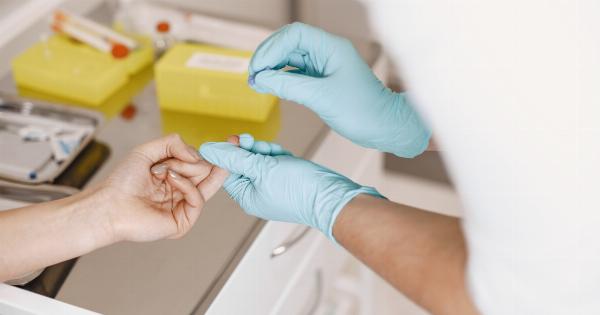Diabetes and dyslipidemia are two common cardiometabolic disorders that often occur together and increase the risk of developing cardiovascular diseases.
The Cardiometabolic Summit 2015 brought together leading experts to discuss new insights into the diagnosis and management of these conditions.
Diabetes and Dyslipidemia: Understanding the Connection
People with diabetes have an increased risk of developing dyslipidemia, which is an abnormal level of lipids (cholesterol and triglycerides) in the blood.
This is because high levels of blood glucose can damage blood vessels, leading to atherosclerosis (hardening and narrowing of arteries). This, in turn, can cause dyslipidemia, as the liver produces more lipids to repair the damage caused by atherosclerosis.
The Importance of Managing Dyslipidemia in Diabetes
Dyslipidemia can significantly increase the risk of cardiovascular diseases in people with diabetes. Furthermore, it is often asymptomatic, meaning that many people with diabetes may not realize that they have the condition.
This is why it is important to regularly check lipid levels and manage dyslipidemia in people with diabetes.
Challenges in Treating Dyslipidemia in Diabetes
Treating dyslipidemia in people with diabetes can be challenging, as some medications may interact with diabetes medications or have side effects that can worsen glucose control.
Additionally, the target lipid levels for people with diabetes are lower than those for individuals without diabetes, which can make treatment more difficult.
Novel Therapies for Treating Diabetes and Dyslipidemia
Several new therapies were discussed at the Cardiometabolic Summit for treating diabetes and dyslipidemia. These include:.
- GLP-1 receptor agonists: These medications are typically used to treat diabetes, but they have also been shown to lower lipid levels, making them a potentially valuable therapy for treating dyslipidemia in people with diabetes.
- SGLT-2 inhibitors: These medications lower blood glucose levels by blocking the reabsorption of glucose in the kidneys. They have also been shown to lower lipid levels and reduce the risk of cardiovascular events in people with diabetes.
- PCSK9 inhibitors: These medications are a new class of cholesterol-lowering drugs that have been shown to significantly reduce LDL cholesterol levels in people with dyslipidemia.
Individualized Treatment for Diabetes and Dyslipidemia
It is important to recognize that treatment for diabetes and dyslipidemia needs to be individualized. This is because people with diabetes and dyslipidemia may have different cardiovascular risks and treatment goals.
Factors that need to be taken into consideration when developing a treatment plan include age, sex, family history of cardiovascular disease, and other cardiovascular risk factors.
Lifestyle Modifications for Managing Diabetes and Dyslipidemia
Lifestyle modifications can also play an important role in managing diabetes and dyslipidemia. These include:.
- Healthy eating: A diet that is high in fruits, vegetables, whole grains, and lean protein can help lower blood glucose and lipid levels.
- Regular physical activity: Exercise can improve glucose and lipid metabolism and reduce the risk of cardiovascular diseases.
- Weight management: Losing weight can help improve glucose and lipid levels in people with diabetes and dyslipidemia.
- Smoking cessation: Quitting smoking can significantly reduce the risk of cardiovascular events in people with diabetes and dyslipidemia.
Conclusion
The Cardiometabolic Summit 2015 provided new insights into the diagnosis and management of diabetes and dyslipidemia.
The discussions highlighted the importance of individualized treatment, as well as the potential benefits of lifestyle modifications and novel therapies such as GLP-1 receptor agonists, SGLT-2 inhibitors, and PCSK9 inhibitors. By working together, healthcare professionals can develop effective treatment plans and help reduce the risk of cardiovascular diseases in people with diabetes and dyslipidemia.



























